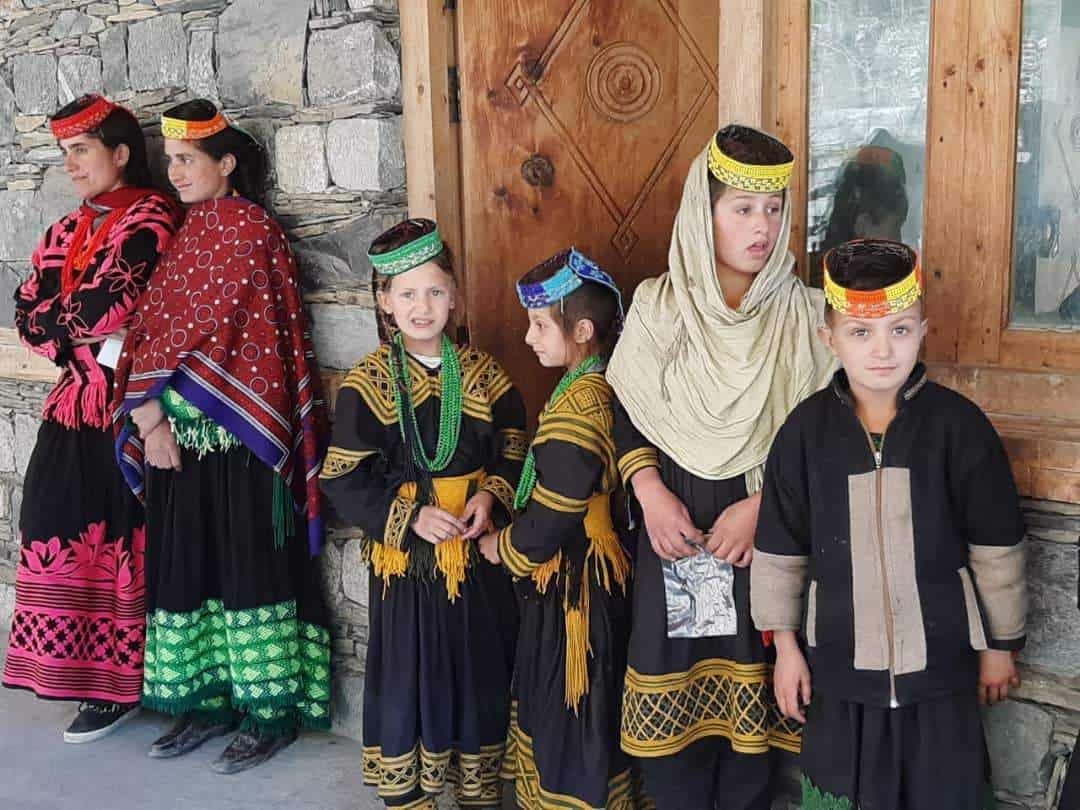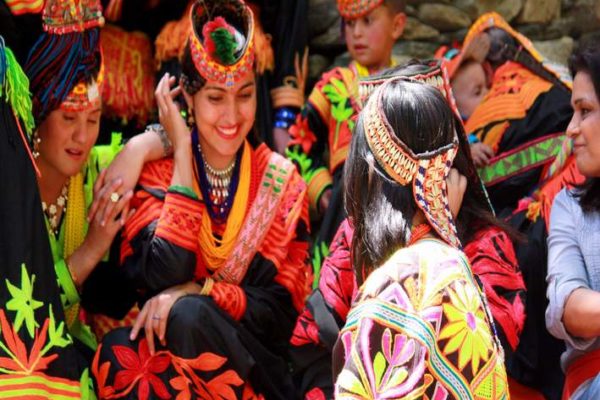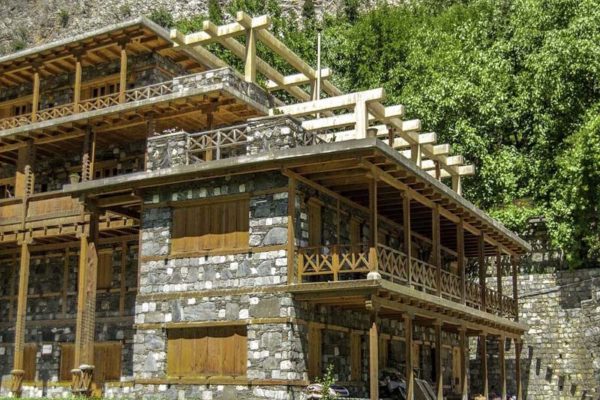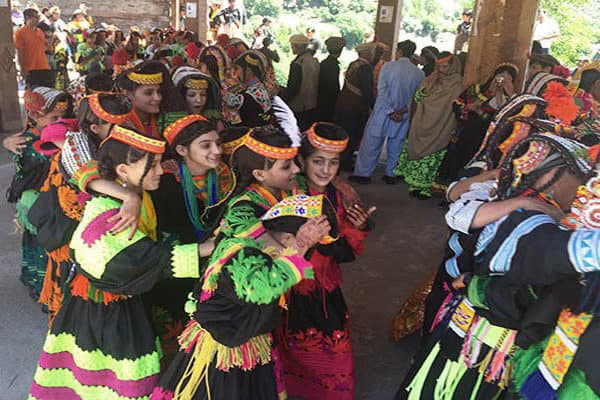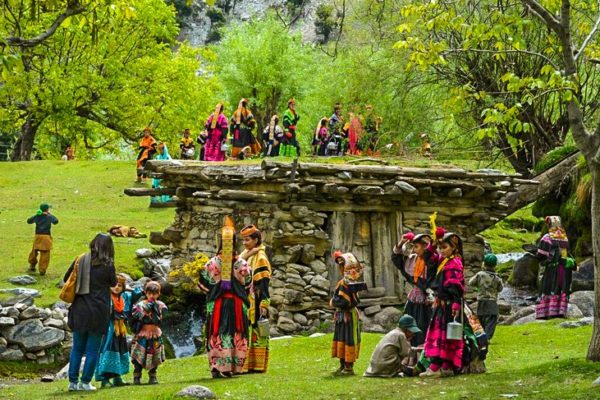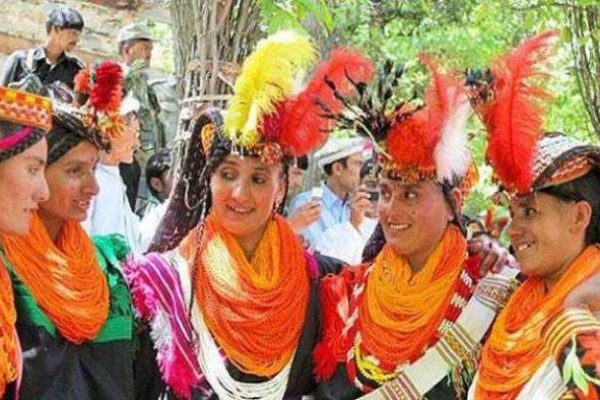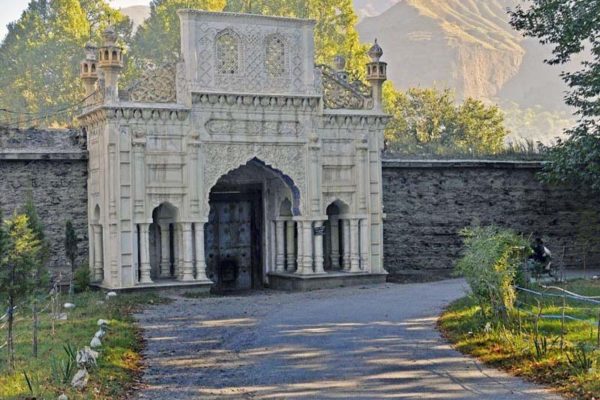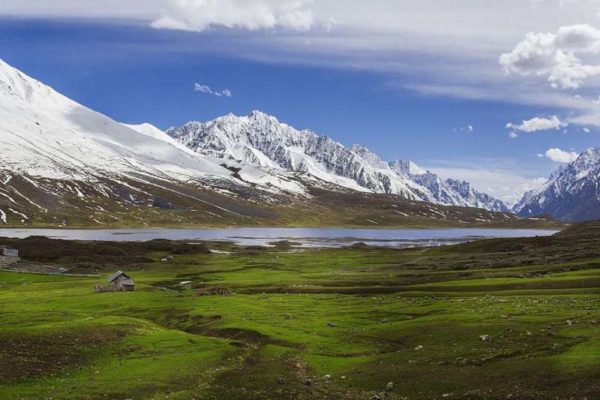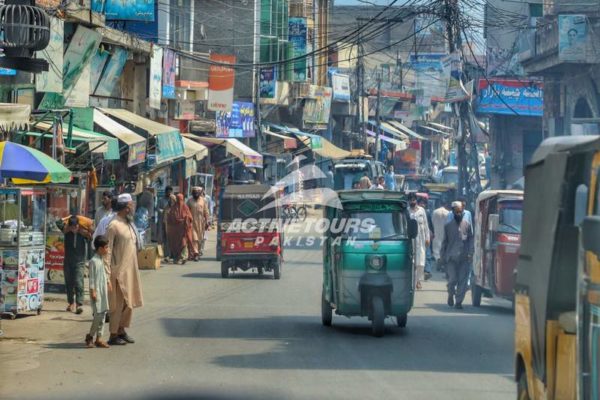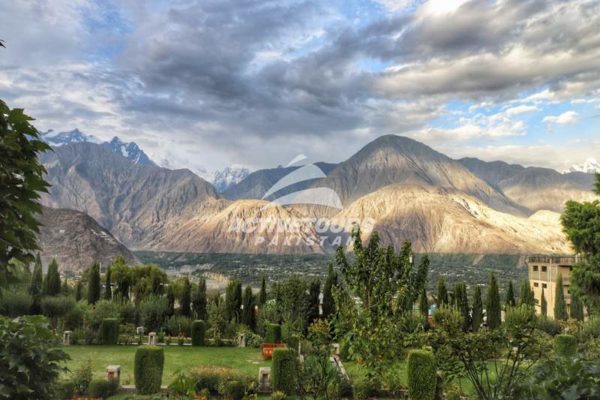Chitral is an area of outstanding natural beauty, boasting spectacular mountains which offer endless opportunities for culture, trekking, and climbing. It is also home to a fascinating variety of people, including the non-Muslim Kalash and the semi-nomadic Wakhi. As in Hunza, the people of upper Chitral are Ismaili Muslims and much more open in their outlook.
The Kalash numbering approximately 4500 is the smallest group amongst the religious minorities of Pakistan. Unlike the other minorities, they live exclusively in a particular geographical area; the three valleys of Birir, Rumbur and Bumburet situated in Hindukush between the Afghan border and Chitral Valley, the people called this area as Kafiristan. Until 1896 Kafirstan also included present-day Nuristan in Afghanistan, inhabited by the red Kafirs, whereas the Kalash were called “Black Kafirs”.
The origin and early history of the Kalash’s popular theory is that they are descendants of one Shalak Shaw, a General in the invading army of Alexander the great. Another theory is that the Kalash Originated from Tsiyane a country in the Tibetan belt. They shifted to Afghanistan in the early Christian era. Mahmood of Ghazni pushed them into the narrow valley of Hindu Kush in the 10th century. Until the second half of 14th century the Kalash were dominant throughout the southern Chitral. There were finally subdued by the Rais a ruling family of Chitral by the end of 14th century.
The Kalash believe in God they call “Deziao”. However, their religious practices are a mixture of animism and ancestor worship. There is also a concept of male and female sacred spirits called “Dewalok” who are responsible for different activities and are believed to communicate prayers to Deziao. There is also a concept of pure-impure dualism in Kalash religion. The pure is called ‘Onjesta’- the pure ” while women are considered Pragata- the impure. During childbirth and menstruation, the Kalasha women are secluded and confined to special places called ‘Bashali’. Rare opportunity seized by any tourist to see the colorful Kalash dance is that of a festival day. There are four main festivals of the Kalash people. The spring festival in May to safeguard the shepherds when they go out to pastures, the summer festival of harvest in August, the autumn festival in October to celebrate the grape and walnut harvest and the winter festival in December to welcome the New Year and purity the village.

